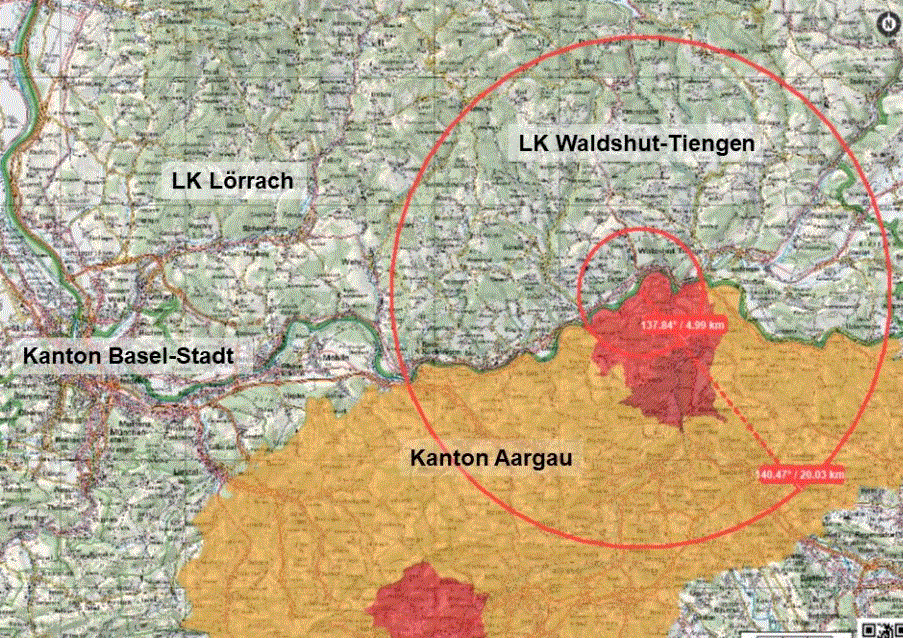Evacuate across borders
When cross-border evacuations are required as a result of disasters, rescue forces and authorities face a wide range of challenges: Therefore, it is particularly important to clarify the different responsibilities and procedures in the affected countries prior to an event.

In a three-year research project commissioned by the Federal Office of Civil Protection and Disaster Assistance (BBK), the Institute for Rescue Engineering and Hazard Prevention (IRG) of the TH Köln has developed recommendations for action for joint cross-border evacuation planning using Germany and Switzerland as examples. After a preparatory part, the three main planning areas are explained in detail: inter-institutional communication, mobility management and alerting, warning and informing the population. For each area, the IRG's recommended action provides a checklist of general as well as scenario-specific recommendations.
Communication processes
"Cross-border inter-institutional communication processes are the basic prerequisite for evacuation planning and must be considered as a meta-level for all further measures," says project collaborator Florian Steyer from the IRG. In the checklist, the researchers recommend, among other things, the exchange of liaison persons, the establishment of national contact points as a "single point of contact," and an exchange on terminology, abbreviations, and language rules in the respective national language.
In addition, cross-border mobility management would have to ensure that the affected population can leave the danger zones as quickly as possible and that traffic flows unhindered across the borders. In addition to surveying the capacities of all relevant traffic routes, joint traffic management measures should therefore also be defined. For the researchers, this also includes a clear indication of the capacity of local public transport as well as cross-border coordination and planning on the question of which means of transport should be used for evacuation.
"Coordinated alerting, warning and information of the population in border regions is of great relevance, because the faster and more professional the communication of the authorities, the more willing people are to cooperate," explains Steyer. For example, uniform language rules, health protection instructions and recommended evacuation routes should be coordinated.
For more information on the project, visit the BBK website at: https://www.bbk.bund.de/SharedDocs/Kurzmeldungen/BBK/DE/2018/ECHD_Projektabschluss.html
The research findings and recommended actions can be found at: https://www.th-koeln.de/anlagen-energie-und-maschinensysteme/echd_57660.php









